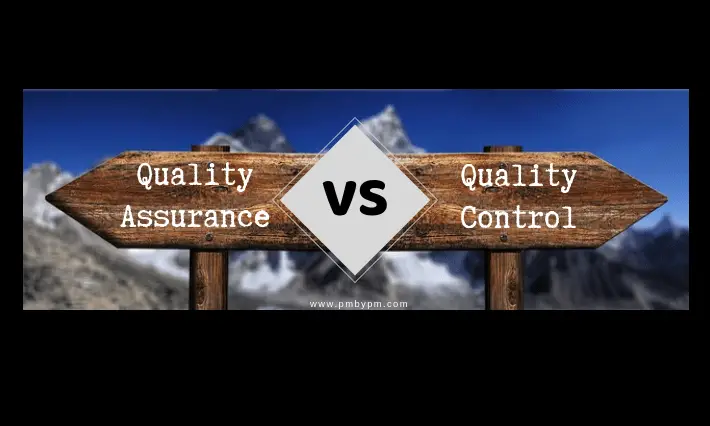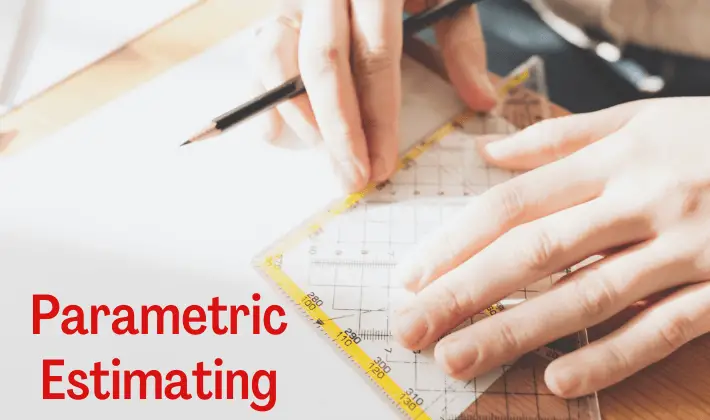Project estimation is the most fundamental aspect of Project Management (PM). Analogous and parametric estimating techniques are most commonly used methods.
You will find definitions, detailed description, and examples of these techniques in this post. You will also get to know about the difference between Analogous and parametric estimation. This post should help PMP aspirants, PM students, and experienced project managers alike.
Analogous and parametric estimation are universally applicable to all kind of projects. These are used for doing any type of time (duration), effort, resource, and cost estimation.
Three Point Estimation is another notable universally applicable method. You can find more details about Three Point Estimation in my other article.
There are many other project estimation techniques that are specific to a domain or industrial area. I have not described any domain specific techniques in this post.
Analogous and Parametric Estimating
Analogous, parametric and a few other project estimation techniques are covered under Time Management and Cost Management Knowledge Areas of the PMBOK Guide. The Guide describes analogous and parametric estimating only in the context of Duration & Cost. But these methods can also be used for estimating other project variables like Resources, Effort and Risk. You can estimate Duration, Cost or any other variable by using both these methods.
In this article the term “Estimation” is used to estimate a work unit. There could be many different definitions of a work unit. However, we will use PM definition i.e. work unit is defined by the Work Breakdown Structure (WBS).
A work unit could be a small work package or activity or it could be an entire project or anything in-between.
A Brief On Analogous Estimating
Definition
A technique for estimating the duration or cost of an activity or a project using historical data from a similar activity or project.
PMBOK Guide
By applying this method, you can use historical data from previous similar work to estimate your current work. But you should be careful while applying this method. You should use it only when reliable data from a similar work is available. Otherwise this method cannot be used.
Example
Let’s assume that you want to estimate the duration for painting a house. Let’s also assume that you have access to high level actual duration data from another project. This data is from similar work that happened sometime in the past. This data could be from the same house or similar house (similar size & dimensions) that was painted in the same locality.
By using this technique, we can safely say that the current painting work will require 10 days if similar work was done in 10 days in the past.
A Brief On Parametric Estimating
Definition
An estimating technique in which an algorithm is used to calculate cost or duration based on historical data and project parameters.
PMBOK® Guide
You can use this method only after you have identified one or more parameters and devised an algorithm or formula for doing some calculations. These calculations will be done on the historical data. It is not necessary that historical data should be from a similar work. But your algorithm/formula should be good enough to yield predictable results. Otherwise this method cannot be used.
Example
Let’s assume that you want to estimate the duration for painting a house and you know the dimensions walls of the house.
Let’s also assume that you have access to detailed actual duration data from another project. This data is from another building (different size and dimensions) that was painted a while ago.
You can use two parameters to arrive at the estimation. These are
- first parameter – “Number of square feet to be painted”
- second parameter – “Average duration to paint one square foot”
Our formula for estimation will look like
Duration Estimate = (Number of square feet to be painted) * (Average duration to paint one square foot)
You can now estimate the duration required for painting a house. It can be easily done by applying the formula.
Let’s look at some specifics data.
- You need to paint 1000 square feet of walls in the house.
- You know that it took 6 minutes on average to paint one square foot of the building.
You will need 1000*6 minutes (100 hours) to paint the house.
You can refer to Max Wideman Glossary to read some other definitions.
Difference between Analogous and Parametric Estimation
Many professionals misunderstand the difference between Analogous and Parametric Estimation. They believe that Analogous estimating does not need Historical Data. The is not true.
Refer to the definitions of Analogous and Parametric Estimation. You would notice that Historical Data is used in both the Project Estimation Techniques. This is not a difference but similarity.
You can look at the following table to understand the difference between these techniques.
| Analogous Estimation | Parametric Estimation | |
|---|---|---|
| Method | By using historic data from a previous similar project. | By using a formula on historic data from a previous project. |
| When? | Usually done in early phases of the project when only high level data can be used. | Can be done only when detailed data is available. |
| Utility | Only when data from a similar project is available. | Only when a formula, algorithm or statistical model can be devised. |
| Accuracy | Usually less accurate. Depends on expertise and experience of the person doing the estimation. | Usually more accurate. Depends on the accuracy of available data and sophistication of the model used for calculation. |
| Effort | Usually less costly and time consuming. | Usually more costly and time consuming. |
Final Thoughts
PMP exam is full of calculation questions. You may find 1-2 questions related to Analogous and Parametric estimation. e.g the question might give an scenario and ask you to ascertain the estimation technique that is being used in the scenario. You can easily answer such questions if you know the difference.
Over To You
Which estimation technique do you usually use? Which has proved to be more useful and accurate? Does your organization has some guidelines for using a particular technique.
Please leave a comment below.
PMP Exam Formulas
I have also compiled a PMP Formulas Cheat Sheet. It contains 45 formulas and 57 abbrviations. It will help you in your exam prep. It is the best and most comprehensive cheat sheet based on the PMBOK Guide 6th edition. You can download it free of cost for your studies.
If you are looking beyond a cheat sheet, then I would suggest you to buy detailed PMP Exam Formula Study Guide by Cornelius Fichtner. It contains detailed explanations of all the formulas along with examples and 105 practice questions.
Disclosure: This article contains affiliate links - it means that, if you buy from any of these links, then I will receive a small commission that would help me in maintaining this blog for free. However, for you, there is no extra cost. I recommend only those products that I believe will definitely help the certification aspirants.








Thank You Sir,
These estimating methods were will described and thank you again
Thanks. I appreciate.
Both analogous and parametric estimates should produce ranges. Three point estimating is not a different technique. It is simply one way to present a range.
Thank You,
Very well explained the one of the most confusing topic during PMP exam. Would love to read same for Contract management.
Regards
Thee are many articles on contract management. You can sart by looking at https://www.pmbypm.com/types-of-contracts-and-risk/
BR, Praveen.